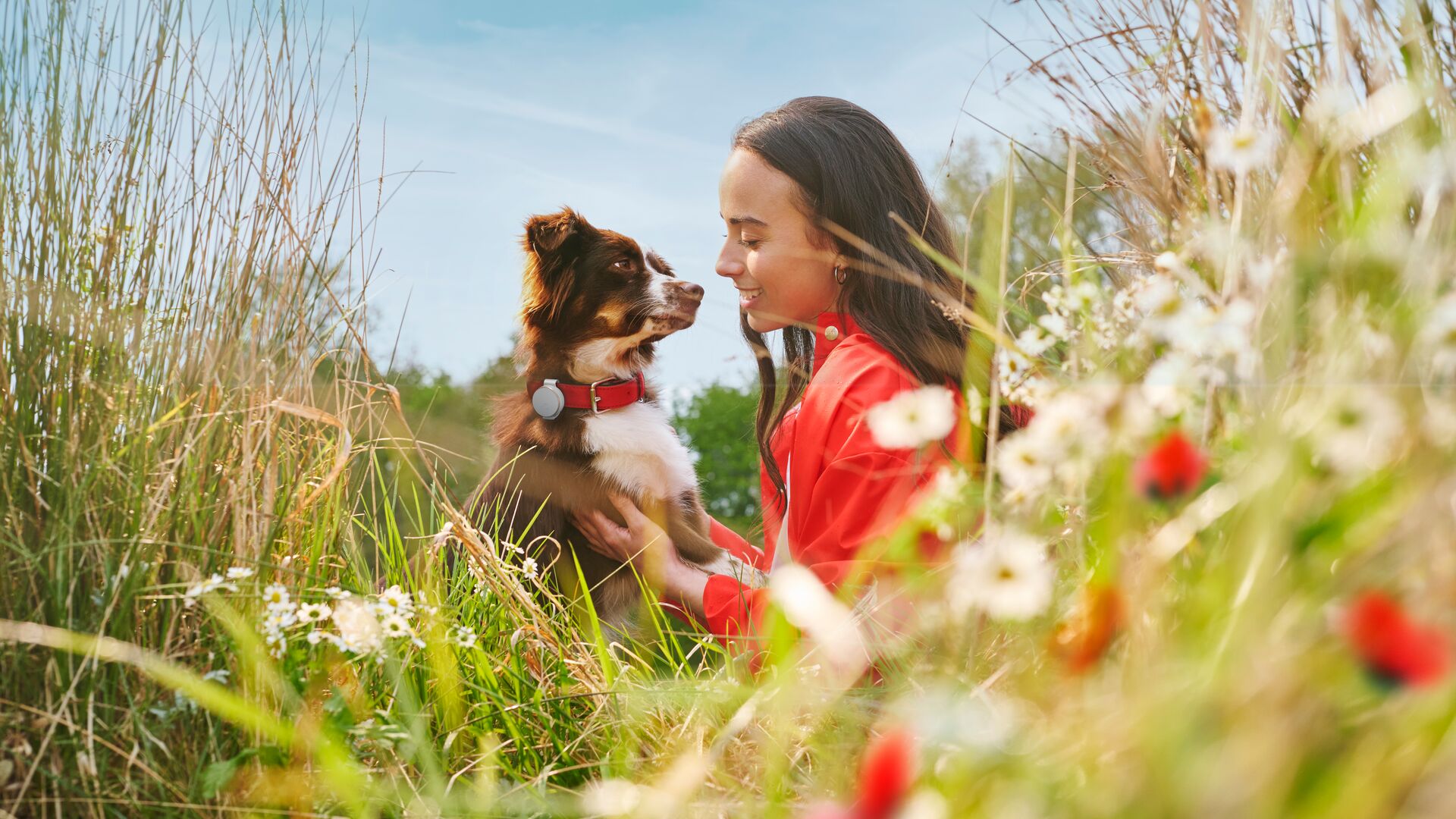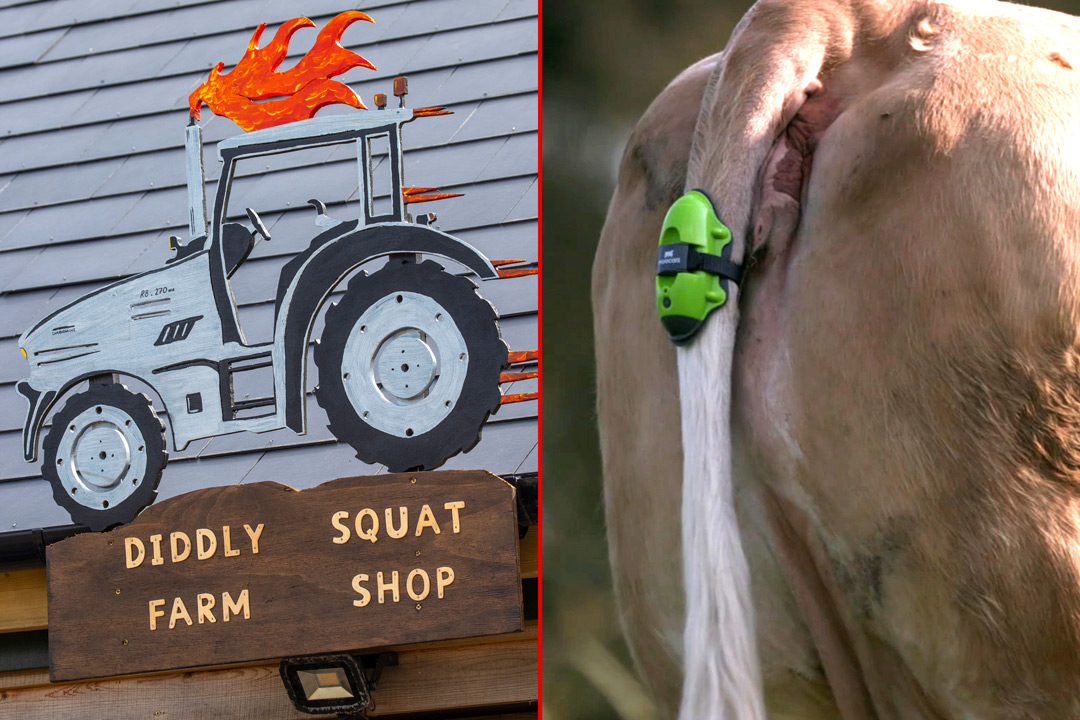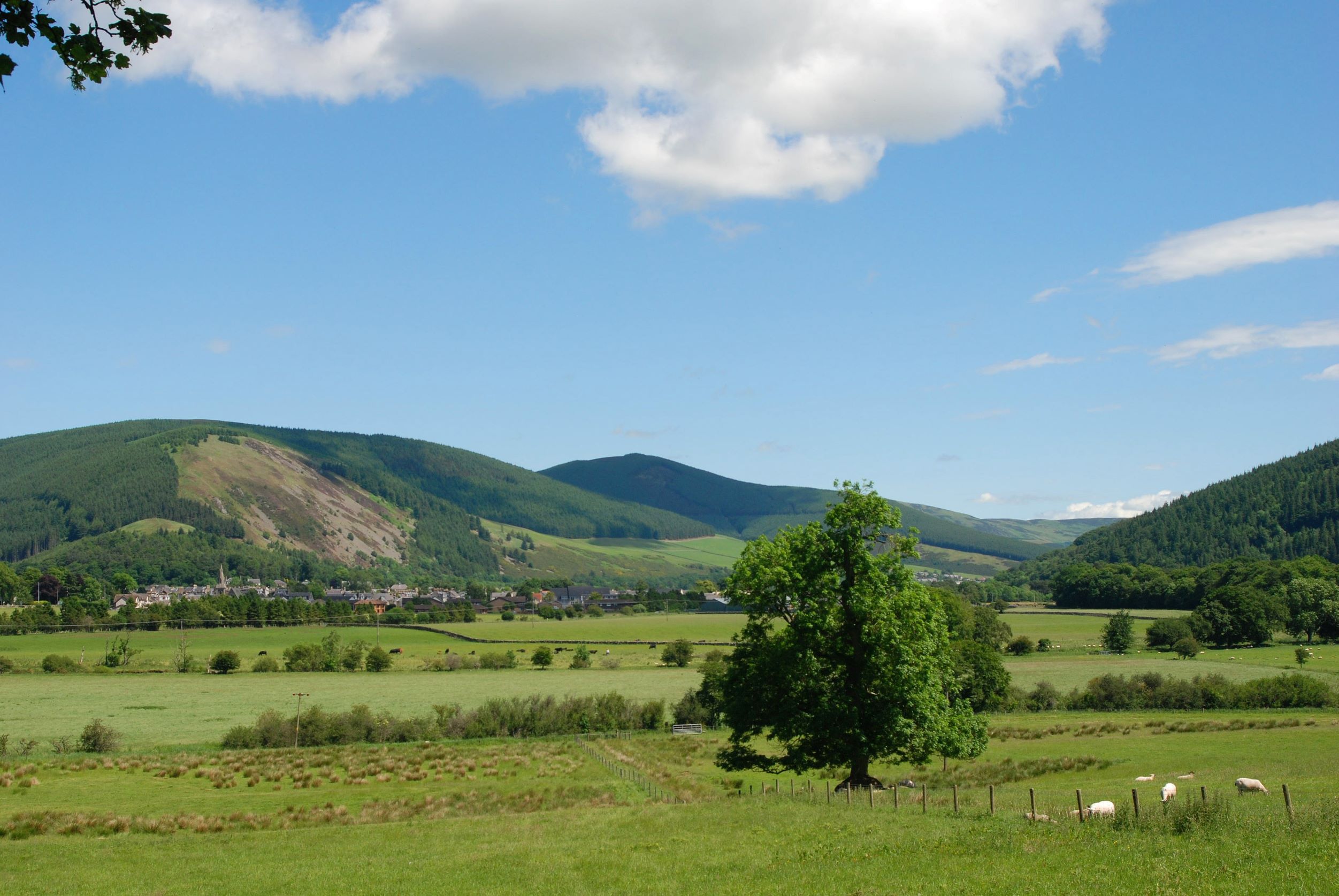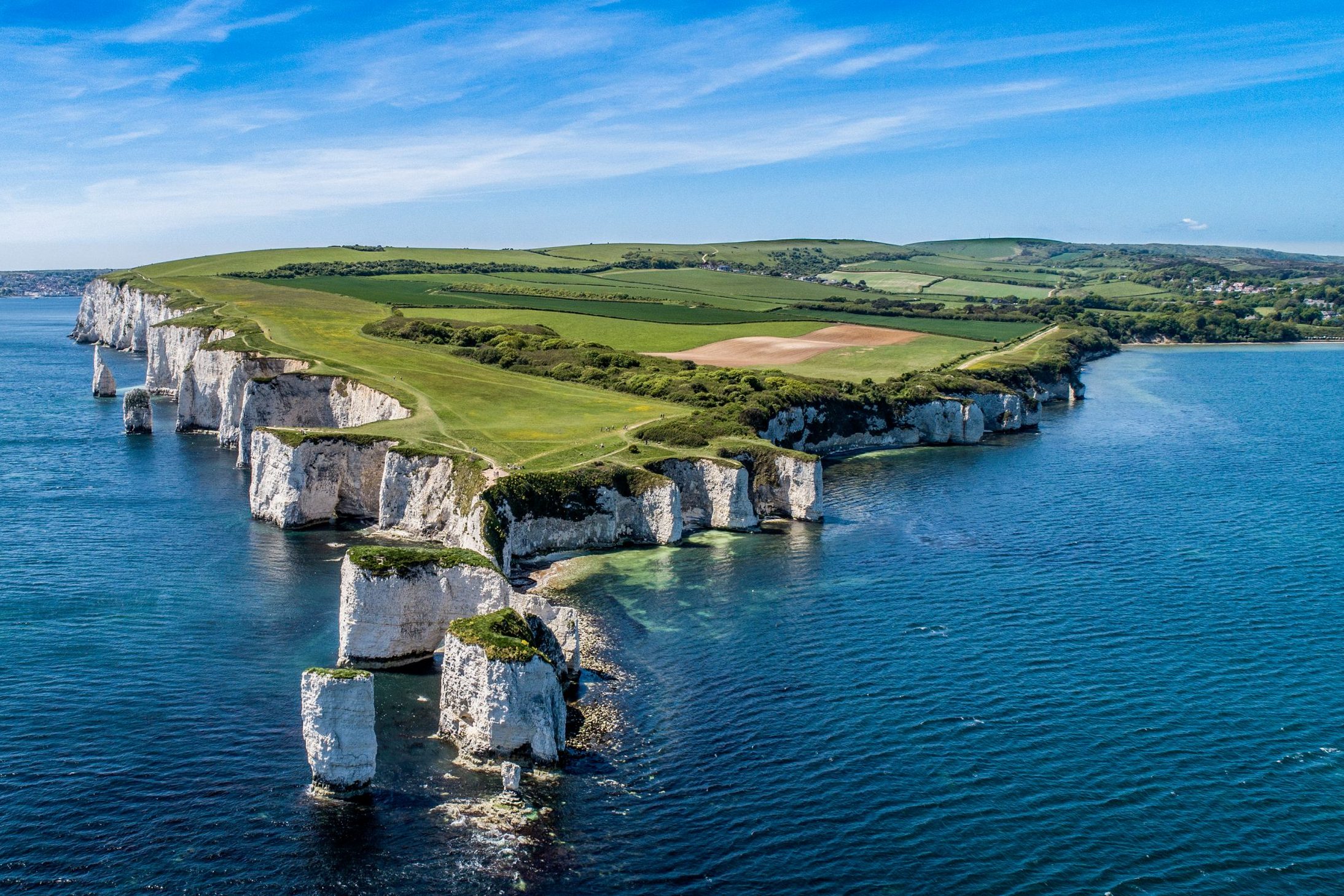Both opportunities and challenges presented themselves as Dorset Council and its partners, including Vodafone, tried out new ways of using 5G in the county.
Colin Wood, programme manager for the ‘5G RuralDorset’ project for Dorset Council, looks back on what was achieved with quiet satisfaction.
“The whole project exceeded my expectations,” he tells Vodafone UK News. “We’ve won awards, delivered world firsts, and carried out cutting edge research.”
The research project, which began in March 2020 and ended in September 2022, was not only aimed at testing how 5G technology could benefit a largely rural area such as Dorset. It also aimed to identify the challenges in implementing 5G in such an area.
“We wanted to learn because we had a history of delivering broadband projects but not much experience of mobile. You could have written what I knew about mobile networks on the back of a micro-SIM!” says Mr Wood.
“We wanted to upskill ourselves as a council and it’s been a fantastic learning process.”
5G RuralDorset, was funded by the Department for Digital, Culture, Media & Sport and Dorset Council’s industry partners. It included several wide-ranging projects, from cliff erosion detection to robotic agricultural equipment, 5G connectivity for villages to connected buoys and improved wireless signal for coastal emergency services.
Jurassic Coast: How Vodafone IoT is keeping an eye on coastal erosion
Rockfalls and landslides pose a danger both to people and to one of England’s few World Heritage Sites, which makes the monitoring work done by Vodafone’s sensors even more vital.
The final project value came to £9m, says Mr Wood.
Vodafone led a project called the Rural Community Accelerator, which provided public 5G connectivity in the rural village of Worth Matravers. This provided much-needed voice and data services to residents, businesses and visitors and is now a permanent part of Vodafone’s UK network.
“This delivered speeds of 300 megabits per second, which improved connectivity considerably,” says Mr Wood. “As well as providing broadband to homes without the cables, we used the connectivity to keep an eye on the wellbeing of older people.”
Andrea Dona, Vodafone’s Chief Network Officer, outlined the role the Dorset Council project played in its future network plans in a Vodafone Viewpoint in February 2022.
'We must build 5G in rural as well as urban areas'
In a version of an article that first appeared on Mobile UK's website, Vodafone Network Director Andrea Dona argues that 5G offers great potential in rural areas as well as in towns and cities, and calls for legislators and regulators to adopt a more investment-friendly approach.
Vodafone also installed an indoor 5G Standalone network for the Ministry of Defence at the Dorset Innovation Park, part of the Innovation Accelerator project.
And for the Future of Food project, led by Wessex Internet, Vodafone’s network connected sensors across land and water-based farms.
Citing one application of the new technology, Mr Wood says: “Autonomous 5G robots would take photos of plants to check for weeds and pests.
“There’s so much potential for cellular and cloud technology in agriculture – it’s very exciting.”
Challenges
The big challenge facing the 5G RuralDorset project was how to deliver “next generation connectivity to a rural beauty spot”, says Mr Wood.
In such areas you can’t just go round putting up permanent masts in Areas of Outstanding Natural Beauty, Sites of Special Scientific Interest and, in the case of the Jurassic Coast, a UNESCO World Heritage Site.
From quarries to manhole covers: how Vodafone is thinking differently to improve 4G network coverage
By Scott Petty, Chief Technology Officer, Vodafone UK Building masts is the most obvious way of improving mobile coverage, but it’s not the only way. Even if the process for getting these masts approved and built was fast, easy and inexpensive, it’s not always the right approach. At Vodafone, our cunningly imaginative network team …
Continued So the project tried using alternatives in these areas. In one instance, “we beamed a 5G signal across the sea to support coastal emergency services and connected the world’s first 5G buoy at sea,” he says.
The pandemic was another major challenge for the project, as it made on-site meetings difficult, he says. And there was an ironic moment when, just before installing cliff erosion sensors – connected by Vodafone – “a massive rockfall made us re-evaluate our plans,” he recalls.
A global shortage of microprocessors also meant “getting hold of kit was difficult” at times.
Learnings
But the challenges were opportunities to learn, he says. And he feels they learned a lot.
“You have to look at multiple uses cases to justify investment in 5G,” he says. “That might mean not just connecting a farm, but the local school and other public buildings, too. It’s not just about coverage, rural areas need capacity too if they are to transform areas such as agriculture.
“And it’s not just about getting connectivity to mobile handsets, it’s about machine-to-machine comms – autonomous robots, sensors measuring soil quality and temperature.
“This is why we used Vodafone’s Narrowband IoT (NB-IoT) technology quite a lot.”
Clarkson's Farm episode features Vodafone-supported Moocall tech
In episode 5 of the second season of Jeremy Clarkson's farming show, Moocall's alert system, which Vodafone's IoT platform supports, helps save a calf's life.
At the end of the project Dorset Council ran a workshop with partners and wider stakeholders to establish what legacy the work would leave for Dorset and rural areas. The resulting report is now available.
“We want to make Dorset an easy place to innovate and invest in, and we think we went some way to achieving that,” concludes Mr Wood.
“5G RuralDorset has been good for our county and good for the UK as a whole.”
Stay up-to-date with the latest news and features from Vodafone by following us on Twitter and signing up for News Centre website notifications.






